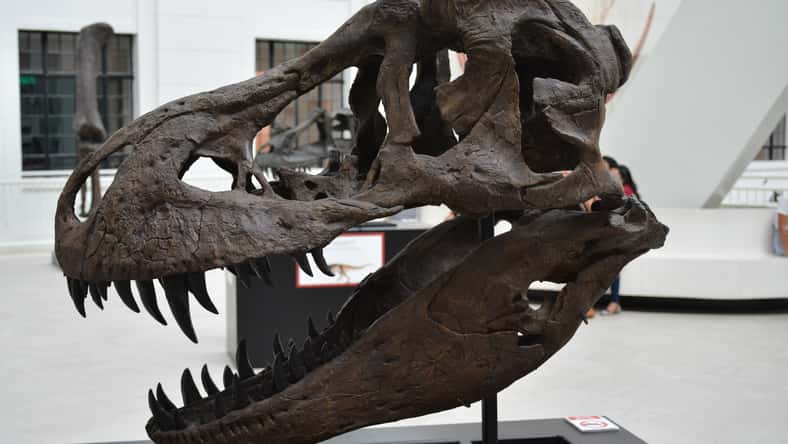
Around 450 million years ago, an arthropod was buried alive. Now, scientists have uncovered its fossil preserved in a material that glitters like gold.
Arthropods are the group that contains insects, spiders, and centipedes. Experts revealed that the new specimen belonged to a previously unknown extinct species of arthropod. It was preserved in iron pyrite, also known as fool’s gold.
“As well as having their beautiful and striking gold color, these fossils are spectacularly preserved. They look as if they could just get up and scuttle away,” said Luke Parry, the lead author of the study and an associate professor at the University of Oxford in England.
According to Parry, this kind of preservation in pyrite is extremely rare. Only a handful of examples have occurred in the last half a billion years.
The new species was named Lomankus edgecombei after arthropod expert Greg Edgecomb of London’s Natural History Museum. It was found in a rock layer in New York known as Beecher’s Trilobite Bed.
Researchers have discovered many well-preserved extinct marine arthropods there. The animals preserved in this rock lived in a hostile environment with iron and low oxygen levels.
These specific conditions allowed pyrite to form and replace parts of their carcasses after they were buried in sediment.
As a result, their fossils appear golden and three-dimensional. Pyrite is a dense mineral, so fossils that are preserved in it can be CT scanned to reveal anatomical details.
Lomankus belongs to a group called megacheirans—arthropods with a large leg at the front of their bodies that was used to capture prey. Megacheirans were common during the Cambrian period, which occurred 538 to 485 million years ago.

Sign up for Chip Chick’s newsletter and get stories like this delivered to your inbox.
But most of them were thought to be extinct by the Ordovician period about 485 to 443 million years ago. The latest discovery offers new clues as to how arthropods evolved to have appendages with special functions at the front of their bodies.
The appendages can sense the surrounding environment or capture prey. Some examples are the antennae of insects and crustaceans or the pincers and fangs of scorpions and spiders.
“Today, there are more species of arthropod than any other group of animals on Earth. Part of the key to this success is their highly adaptable head and its appendages, that has adapted to various challenges like a biological Swiss army knife,” Parry said.
The research team noted that the preserved claws of Lomankus on its large front appendage were smaller than those of other megacheirans. The arthropod also doesn’t have any eyes.
These features suggest that Lomankus used its front appendage to sense the environment and search for food in a dark, low-oxygen habitat rather than to capture prey.
Overall, Lomankus demonstrates that megacheirans continued to evolve long after the Cambrian period, with the great appendage adapting to have different functions.
The study was published in the journal Current Biology.












